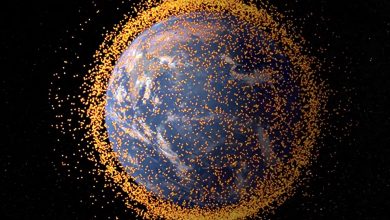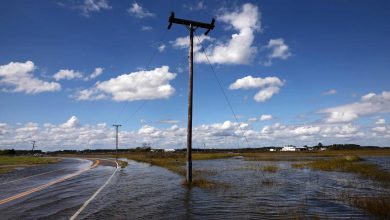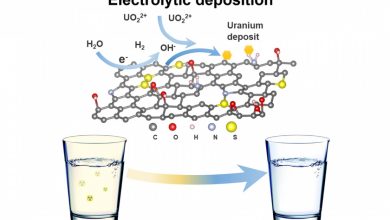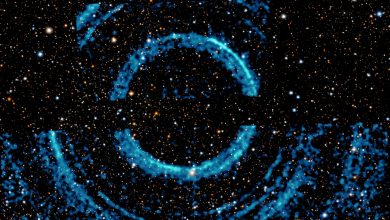Latest Articles
-
Aug- 2021 -20 AugustSpace

A Piece of A Russian Rocket Seems To Have Crashed With a Chinese Satellite in March
Lead image: An artist’s concept depicting the near-Earth orbital debris field, based on real data from the NASA Orbital Debris Program Office. (Image credit: NASA Goddard Space Flight Center) In March, the U.S. Space Force’s 18th Space Control Squadron (18SPCS) reported the breakup of Yunhai 1-02, a Chinese military satellite that launched in September 2019. It was unclear at the time whether the spacecraft had suffered some sort of failure — an explosion in its propulsion system, perhaps — or if it had collided with something in orbit. We now know that the latter explanation is correct, thanks to some sleuthing…
Read More » -
17 AugustScience Mysteries

Humans Linked to the Extinction of Bird Species Over the Past 50,000 Years
Lead image: Bird species at the Zoological Garden. Credit: Tel Aviv University There are hardly any habitats on Earth that have not been affected by humans yet. As we modify and reshape the land around us, we also damage or even destroy natural habitat that is crucial for birds. The habitats we create instead, such as farms and cities, are more often than not poor substitutes for the habitats they supplant, supporting a lower diversity of bird species. Most people are familiar with the phrase, “Dead as a dodo.” They were flightless birds that were endemic to the island of Mauritius and…
Read More » -
16 AugustClimate Change

Online Visualization Tool From NASA Provide a New Window on Rising Seas
Lead image: Rising seas will exacerbate problems that coastal communities are already dealing with, including high-tide, or “nuisance,” floods. Inundated roadways like this one in Virginia are among the consequences of such floods. Credit: Aileen Devlin, Virginia Sea Grant, CC BY-ND 2.0 A new online visualization tool will enable anyone to see what sea levels will look like anywhere in the world in the decades to come. NASA’s Sea Level Change Team has created a sea level projection tool that makes extensive data on future sea level rise from the Intergovernmental Panel on Climate Change (IPCC) easily accessible to the…
Read More » -
16 AugustScience-Tech

Graphene Foam Developed by Researchers Helps Filter out Toxins From Drinking Water
Lead image: A reusable 3D functionalized reduced graphene oxide foam (3D‐FrGOF) is used as an in situ electrolytic deposition electrode to extract uranium from contaminated water. Credit: Image courtesy of the researchers MIT-led research team fashions graphene foam into device that can extract uranium and other heavy metals from tap water. Billions of people worldwide do not have access to clean drinking water, with UNICEF estimating that as of 2019, this life-threatening issue affecting as many as 1 in 3 people¹. Some kinds of water pollution, such as algal blooms and plastics that foul rivers, lakes, and marine environments, lie…
Read More » -
14 AugustSpace

Astronomers Spot Spectacular Concentric X-Ray Rings around Stellar-Mass Black Hole
Lead image: V404 Cygni Rings (Credit: X-ray: NASA/CXC/U.Wisc-Madison/S. Heinz et al.; Optical/IR: Pan-STARRS) Astronomers using NASA’s Chandra X-ray Observatory and Neil Gehrels Swift Observatory have detected a set of eight X-ray rings around a low-mass black hole in V404 Cygni, a binary system located about 7,800 light-years away in the constellation of Cygnus. These rings are created by light echoes, a phenomenon similar to echoes on Earth from sound waves bouncing off hard surfaces. A spectacular set of rings around a black hole has been captured using NASA’s Chandra X-ray Observatory and Neil Gehrels Swift Observatory. The X-ray images…
Read More »










